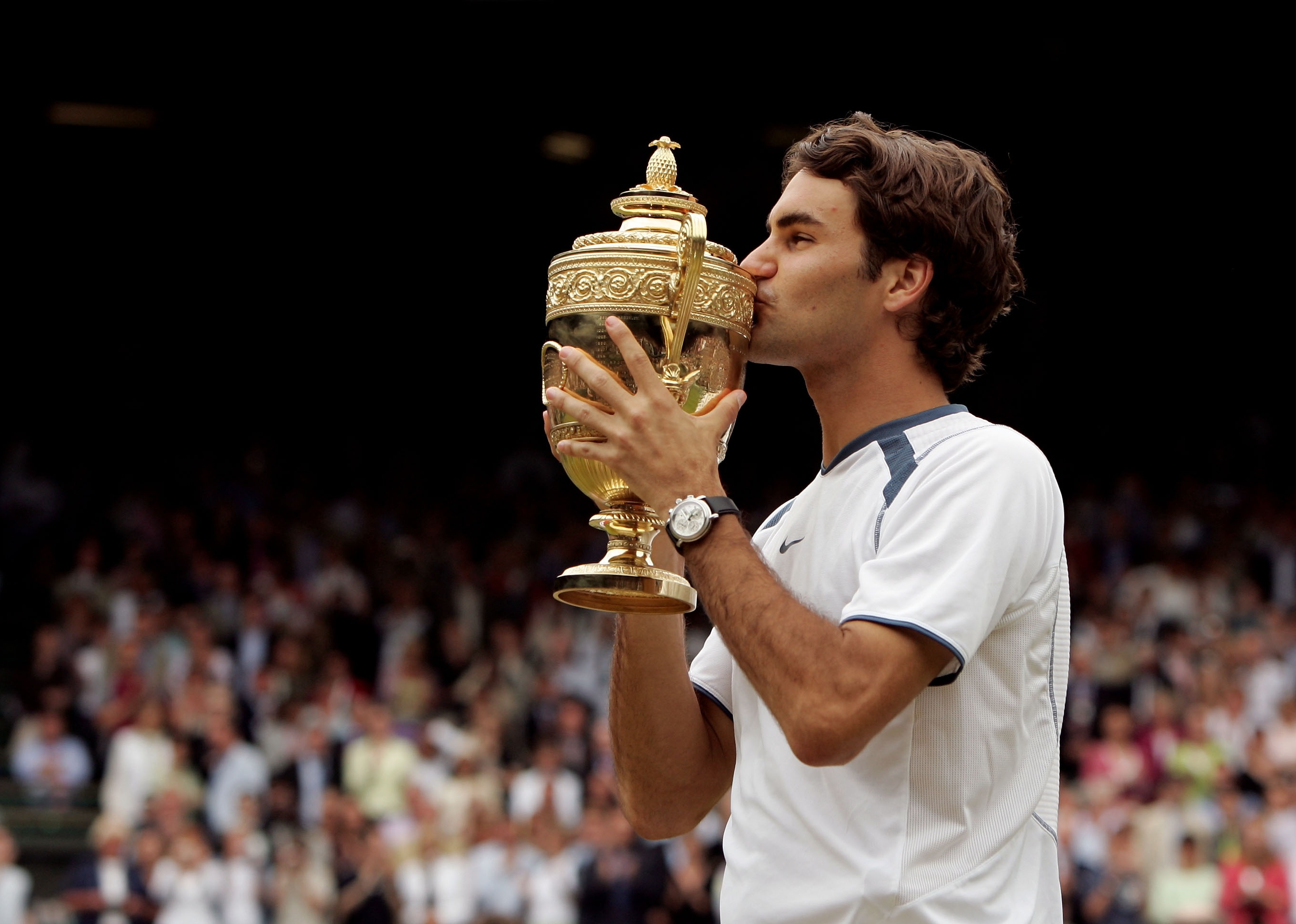
The 5 most impressive winning streaks in men's tennis history
This story originally appeared on OLBG and was produced and distributed in partnership with Stacker Studio.
The 5 most impressive winning streaks in men's tennis history
Athletes have been playing tennis in some form since the Middle Ages, but it wasn't until 1968 when both amateurs and professionals could compete against each other that the sport became the popular spectacle it is today. Anchored by four Grand Slam tournaments—the Australian Open, French Open, Wimbledon, and the U.S. Open—the season runs nearly all year. That makes for a lot of opportuntiies for thrilling stories, heated rivalries, and monthslong winning streaks.
OLBG compiled a ranking of the five most impressive winning streaks in men's tennis history using data from Ultimate Tennis Statistics. Streaks were ranked according to their length. Winning streaks with no Grand Slam championships in their duration were not considered.
Some of these seasons are considered the best in tennis history, while others are tarnished by controversial matches. Unlike large team sports, tennis is one-on-one, or two-on-two at most, so athletes tend to gain the spotlight. It also features a game clock, meaning matches can and have lasted more than 11 hours.
"Tennis is a mental game. Everyone is fit, everyone hits great forehands and backhands," Novak Djokovic famously said, and nothing can mess with the mind more than the pressure of winning a title or breaking a record. That's why these men are stars—they live for the moment and rise to the challenge.
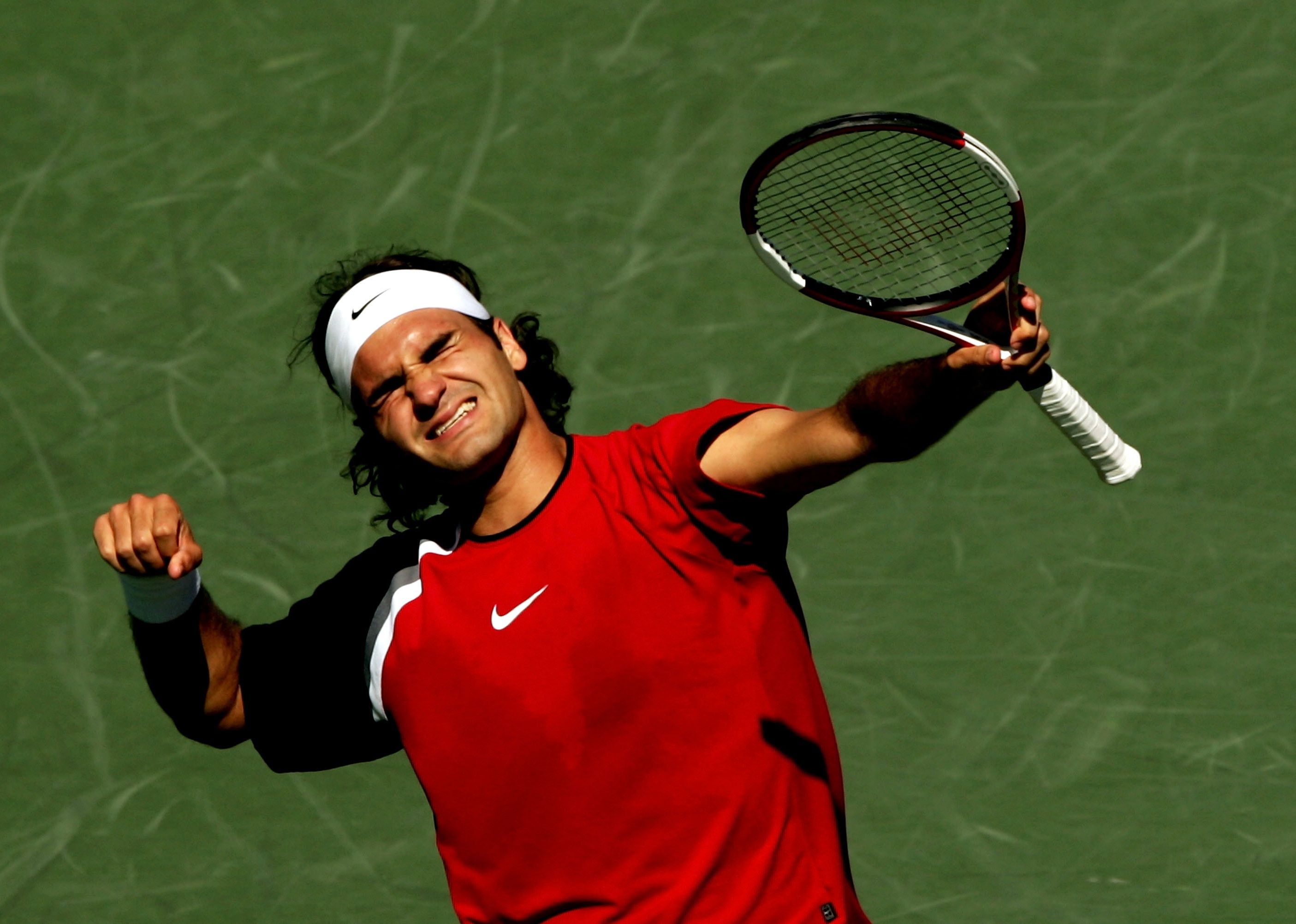
#5. Roger Federer (2005)
- Winning streak length: 35 wins
- Grand Slam championships won: Wimbledon, U.S. Open
- Time duration: Five months
At the beginning of 2005, Roger Federer hired Tony Roche—a former player—to coach him part-time, and the move was a good one. Seven years into his professional career, the Swiss star was dominating. In addition to achieving a five-month winning streak, Federer also won at Wimbledon (his third in a row at the time) and the U.S. Open.
His win streak ended with a loss to David Nalbandian in the Masters Cup and would be only one of four total losses that year. Federer ended the season 81-4 (95.29%), which was the second-highest single-season win percentage in the Open Era behind John McEnroe's 82-3 season in 1984. Those stunning numbers also helped Federer secure the #4 spot in career win percentage.
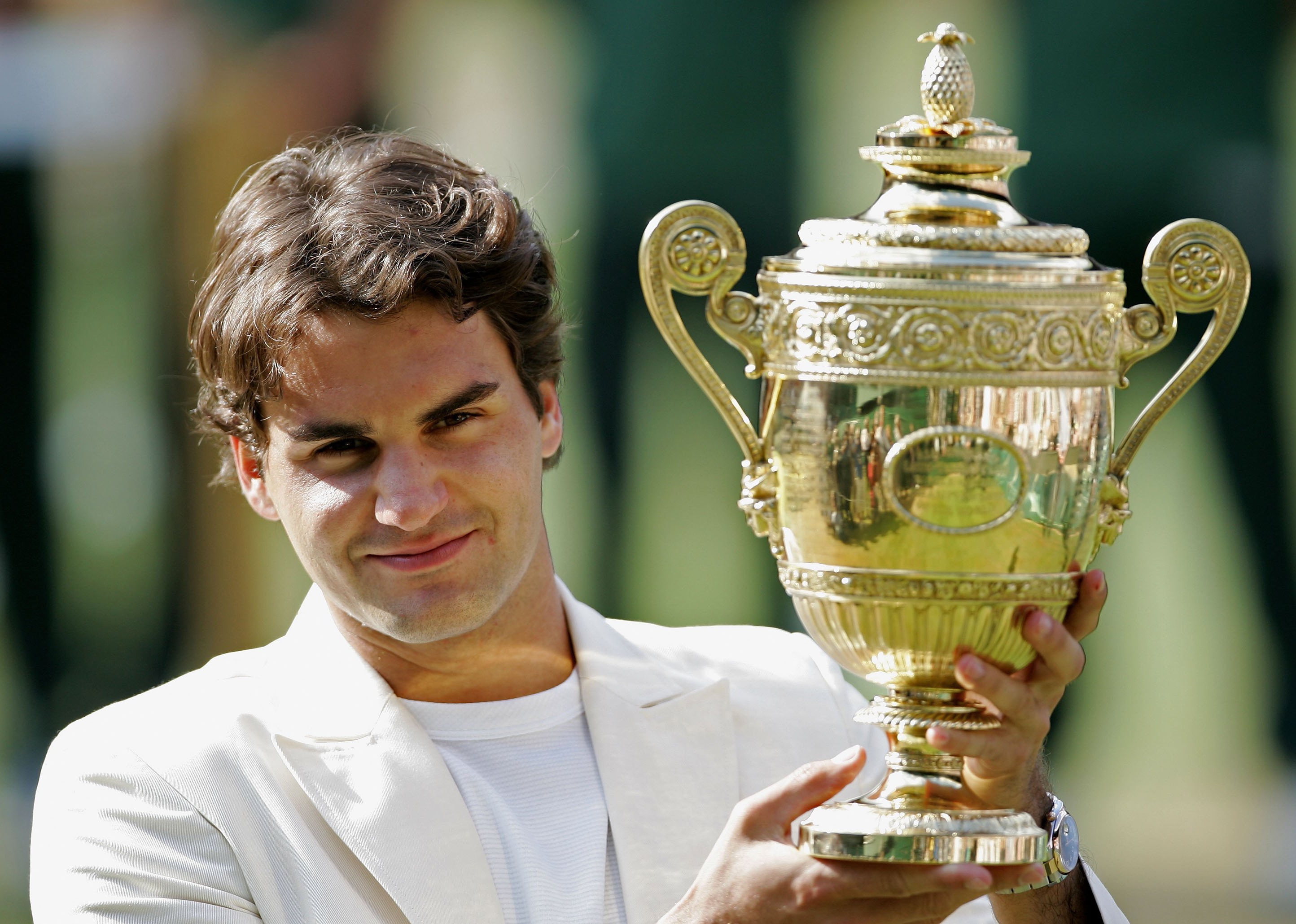
#4. Roger Federer (2006-2007)
- Winning streak length: 41 wins
- Grand Slam championships won: Australian Open, U.S. Open
- Time duration: Six months
No, that's not a typo: Roger Federer is on the list twice after somehow one-upping himself after his impeccable 2005 season. He went on a 41-match winning streak from the end of 2006 through the beginning of 2007. In the process, he won the U.S. Open and the Australian Open, but 2006 also came with its frustrations.
Federer and Rafael Nadal are storied rivals, and during that season the Swiss powerhouse went 2-4 against the Spanish superstar. One of those losses was the underrated 2006 Rome Masters final, which helped lead to what some consider the greatest match ever played: Federer vs. Nadal in the 2008 Wimbledon finals.
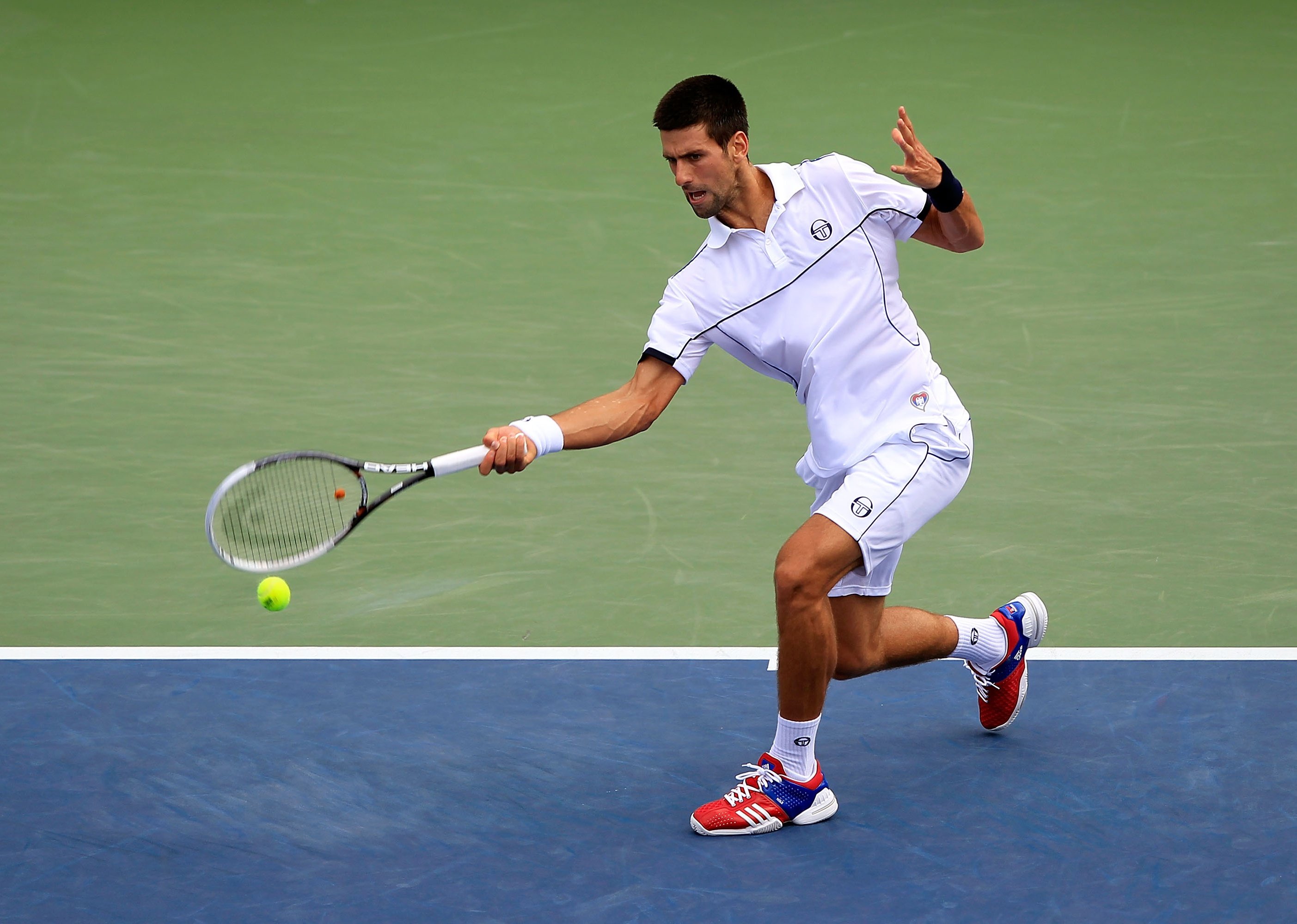
#3. Novak Djokovic (2011)
- Winning streak length: 43 wins
- Grand Slam championship won: Australian Open
- Time duration: Five months
Novak Djokovic is the only active player on this list, and during the two decades he's been a pro the Serbian has made quite the name for himself. In 2023, he broke the men's record for most Grand Slam titles with 23 after his win at the French Open; however, 2011 was his most dominant season. It started with a 43-match win streak, which prompted tennis icon John McEnroe to declare the 24-year-old was "having the greatest year in the history of our sport."
Djokovic's streak ended with a loss to Roger Federer in the French Open semifinal, and his success waned during the latter part of the year after suffering a back injury that caused him to withdraw from the Davis Cup. Even with a lackluster end to the season, Djokovic's 2011 showing is considered one of the most impressive seasons in tennis history.
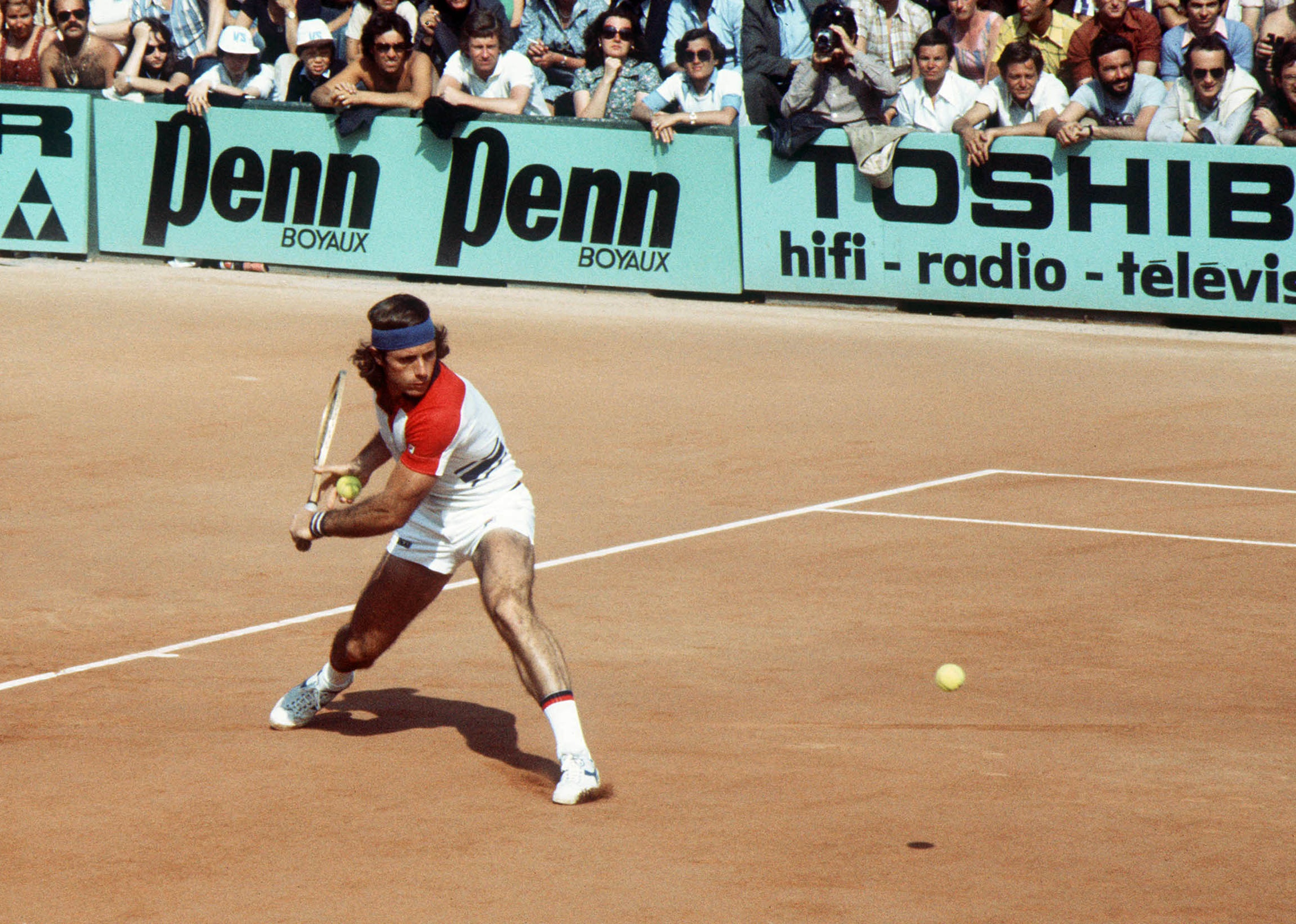
#2. Guillermo Vilas (1977)
- Winning streak length: 46 wins
- Grand Slam championship won: U.S. Open
- Time duration: Two months
On Jan. 9, 1977, Guillermo Vilas lost the Australian Open. Fed up, the Argentine player changed all aspects of his game, from his trainer to his serve and strategy. Vilas won the French Open just a few months later, marking not only his first Grand Slam title but also the first won by a South American player. After his historic win, the 25-year-old was unstoppable. His 46-match win streak began in July and included a U.S. Open win against the #1 player in the world, Jimmy Connors.
That streak came to an end after a controversial loss to Ilie Năstase, who used a spaghetti-strung racket. The type of racket was banned the following year, and Vilas was vocal about the loss, saying, "I didn't lose against a player, I lost against a racket." He went on to win nearly 30 more consecutive matches after that, and if the outcome against Năstase had been different Vilas would hold the winning streak record without anyone else coming close.
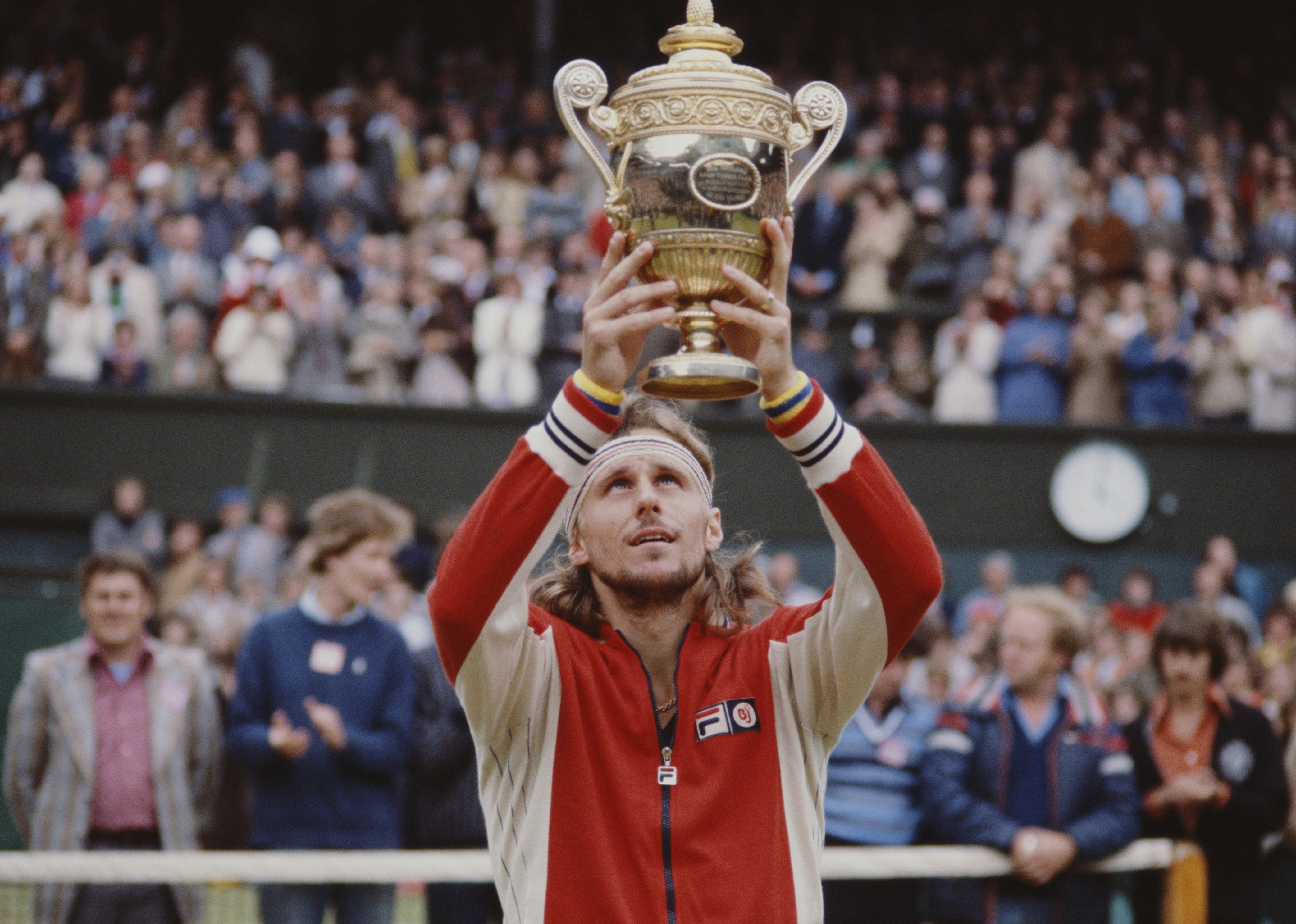
#1. Björn Borg (1978)
- Winning streak length: 49 wins
- Grand Slam championship won: French Open, Wimbledon
- Time duration: Five months
Guillermo Vilas' winning streak was record-breaking at the time, but the very next year Björn Borg dethroned him. The Swedish star won 49 matches in a row, including French Open and Wimbledon titles (he never even dropped a set during the French Open). Borg's historic winning streak came to an end at the U.S. Open, where he lost in the finals to Jimmy Connors.
During his short yet dominant career, Borg won 11 Grand Slam titles, including five consecutive championships at Wimbledon; however, he was never able to secure a U.S. Open win despite making it to the finals four times. In 1983, he unexpectedly retired at the age of 26 before making a brief comeback from 1991 to 1993.
Data reporting by Karim Noorani. Story editing by Carren Jao. Copy editing by Tim Bruns. Photo selection by Clarese Moller.



